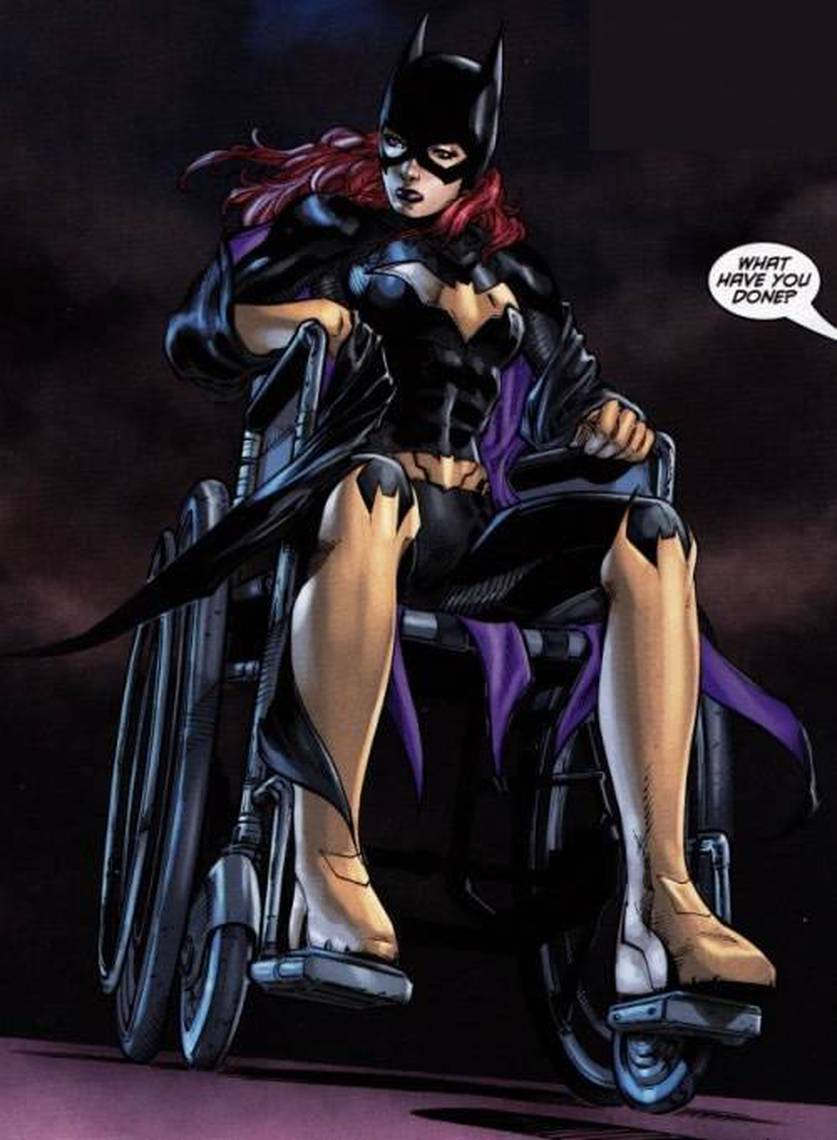What is PTSD?
According to the DSM-IV-TR, in order to meet the criteria for PTSD, the individual has to have witnessed or experienced (directly or indirectly) a traumatic event and then developed symptoms, which cause significant impairment or distress and last over 1 month.
The symptoms include re-experiencing the event (flashbacks, nightmares, etc), physical and emotional arousal (such as hypervigilance, getting startled easily, trouble relaxing or sleeping), and avoidance (avoiding talking or thinking about the event, avoiding spending time with people who remind one of the event, using alcohol or other substances in order to not think about the event, etc).
Why does PTSD occur?
Although many people experience traumatic events at one point or another and even experience some of the above mentioned symptoms for a little while, not everyone gets diagnosed with PTSD. This is because a lot of people naturally recover after some time. The people who do not naturally recover from the trauma might subsequently get diagnosed with PTSD. Remember, to be diagnosed with PTSD, the symptoms have to be significant enough to cause impairment and they have to last over 1 month.
There are several reasons that some people recover naturally and some people don’t. While it is true that genetics and environment can play a role in how someone responds to a traumatic event, research suggests that two factors play important roles in whether someone will develop PTSD. These factors are: how the person understands the event, and whether he or she is able to emotionally process how they feel about it. For example, if a little boy’s mom died in a car accident, he would feel devastated. However, if the little boy was told not to cry about it, to “just get over it” because “big boys don’t cry,” then it would be very difficult for the boy to cope with his mom’s death. In addition, how the boy understands his mom’s death will also be important in his recovery process. For example, if the boy blames himself for his mother’s death, this will greatly increase his chances of developing PTSD.
People are generally more likely to develop PTSD in situations which do not allow adequate amounts of time to grieve and process the trauma they have experienced. This is why PTSD is likely to be more severe in cases of combat-related traumas, which often do not allow for adequate time to process the traumatic event. In addition, certain values, which focus on taking responsibility for everything, along with the belief “as long as I do everything the way that I should, nothing bad will happen,” can sometimes lead to additional guilt when an unforeseen event occurs, as the implication is that “this terrible thing happened because I did something wrong or missed something,” which can lead to the beliefs that “I am responsible for this, it is all my fault.” These thoughts can lead an individual to become stuck and potentially, develop PTSD.
How to treat PTSD
In working with people with PTSD, therapies which have shown to be especially beneficial allow the patient to experience the emotions that he or she has been avoiding as a result of the trauma. In addition, these therapies also help the patient change the incorrect beliefs about the traumatic event, such as the belief that he or she is to blame for what happened, as is often the case with survivors of rape, for example. Some of the therapies that have been shown to be especially beneficial for treating PTSD include cognitive processing therapy (CPT), prolonged exposure therapy (PE), acceptance and commitment therapy (ACT), and others.
Currently, CPT is considered the “gold standard” treatment for PTSD when it comes to active duty and veteran populations with combat-related traumas, as well as for survivors of sexual trauma. CPT consists of allowing the patient to process the event in a new and meaningful way. It focuses on changing some of the distorted thoughts (for example, “it was my fault that my friend died”) and teaching the patients more realistic expectations and thoughts, such as, “It’s true that I didn’t react in time, but that doesn’t mean that it is my fault that my friend died,” as well as on allowing the patient to experience the natural emotional reactions to the event (for example, feeling sad about losing a dear friend in the war).
Using comic books in treating PTSD
Many people who experience PTSD feel a lot of shame about their diagnosis and many believe that they are “weak.” This is why I was so glad that the latest Iron Man movie portrayed the smug superhero as having PTSD. If you review all the symptoms and the criteria necessary for the diagnosis of PTSD listed above, you will see that Iron Man, as portrayed in the movie, meets the diagnosis. In fact, Dr. Travis Langley, PhD, the author of Batman and Psychology, wrote an article in his column in Psychology Today, about this very issue and confirmed that Iron Man does in fact, meet the criteria for PTSD.
The understanding that even superheroes can develop PTSD can have a tremendous effect on patients with this diagnosis. It not only makes Iron Man appear more human, it also makes it more acceptable to have this diagnosis, thus reducing the stigma. I frequently use Iron Man as an example when treating people with PTSD and it often helps open the door to treatment and frequently jives well with the military and veteran populations.

In addition to Iron Man, another comic book character who is suffering from PTSD is Barbara Gordon (Batgirl). Batgirl was shot by Joker and as a result became paraplegic and developed PTSD, for which she sought treatment. The character of Gordon’s therapist is based on and named after an actual psychologist, Dr. Andrea Letamendi. In a real life interview with Dr. Langley, Dr. Letamendi talks about what it would take to treat and diagnose someone like Barbara Gordon.
In their discussion of Barbara Gordon’s condition, Langley and Letamenti compare the effects of the trauma on “masked crime fighters” to those of the military and veteran populations. Letamendi reports that these populations, not unlike the superhero populations, have the “deeply-rooted need” to serve and protect others.
This has been my experience as well. It is not uncommon for military personnel, in addition to police, or firefighters to present the view that they are single-handedly responsible for the lives of others. This is what I refer to as “Superman mentality” and I like to remind patients that even Superman had a vulnerability (Kryptonite) but that this did not make him any less of a superhero.
In addition to using comic books to help veterans with PTSD, there has also been some development in using computer games and various software to engage the patients in mindful breathing and reduce the fight-or-flight response. Furthermore, a Minnesota-based company called Smart Information Flow Technologies, or SIFT, developed a program that would allow veterans, and potentially, active duty personnel, to create their own comic book based on their experiences. This can potentially help people struggling with the effects of trauma in reducing avoidance and allowing for the necessary processing and healing. I hope that more research of the sort will continue to develop to help in the treatment and the recovery process of PTSD.
Live long and prosper and may the force be with you!
